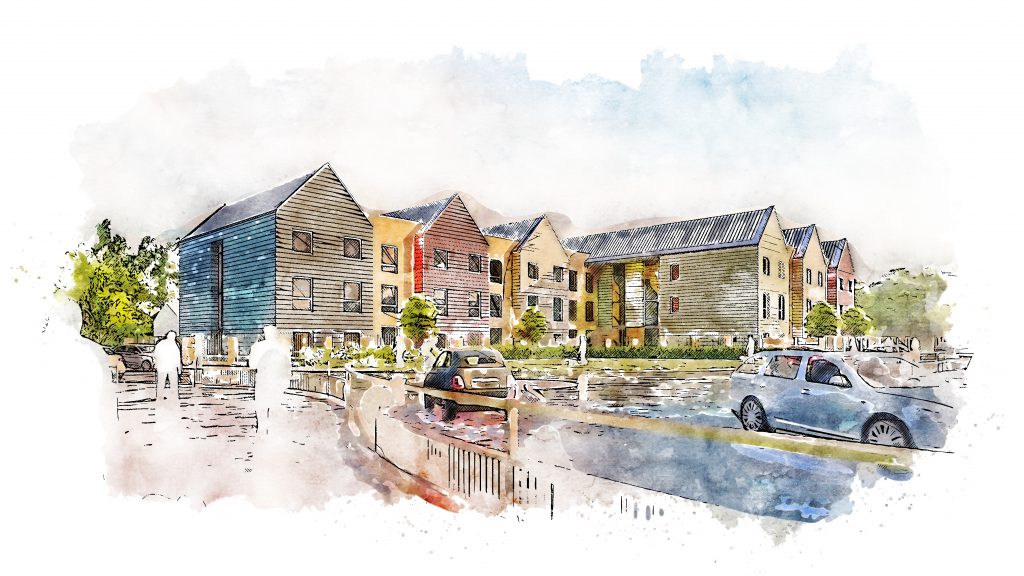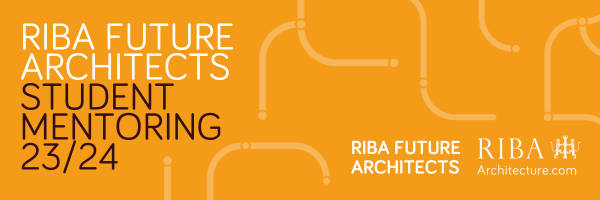

Sophie Saarinen considers the Future Homes Standard
Public understanding of Climate Crisis has meant there is an appetite to make better choices and an increasing pressure on the government to provide legislation to drive positive change.
The Government’s response to this, within construction, has been to put forward the Future Homes Standard for consultation. Proposed for adoption in 2025 it will require new build homes to have low carbon heating and “world leading” levels of energy efficiency. It will tie in changes to Building Regulations Part L and F.
Some changes will be implemented in 2020 through revisions to Part L and F. Two options are proposed to see improvements in carbon emissions from current levels:
Option 1: Fabric First
The first option will see efficiencies made predominately through building fabric such as moving from double to triple glazing and higher standards for walls and floors. This would seek a 20% improvement in carbon emissions
Option 2: Low carbon heating, fabric second
This option focuses less on u-values and instead on how the energy used to heat properties is generated, encouraging the move away from gas boilers. The government’s preferred option, it would seek a 31% improvement in emissions.
Whilst any improvements to standards should be welcomed, the direction of change they are likely to follow, the timescale of change and the scope of the proposals should be considered.
The Future Homes Standard
Direction of Change
In principle moving away from fossil-fuel heating such as gas is to be encouraged but cannot be a magic bullet that negates the need to change the way we build new homes. The approach set out in Option 2 has caused concern from experts, with the Architects’ Journal’s Hattie Hartman voicing concerns that “Fabric performance is likely to get worse – a home in 2020 could be less insulated than a home under the 2013 Building Regulations”.
If a house can be built that requires very little heating, the energy source for that heating becomes less critical, this thinking is put at the core of the draft London Plan 2020 which sets out an energy hierarchy of:
- Be Lean: Reduce energy demand
- Be Clean: Supply energy efficiently
- Be Green: Use renewable energy
Ideally you have a low energy building with an appropriate source, but it is important that
renewables are not used as a loophole for inefficient buildings. As Julian Brooks of the Good Home Alliance put it in a recent article of Building Magazine “It is best to make the building as energy efficient as you can before stuffing renewables on: you don’t want to be retrofitting houses in 20 years.”.
The tools to make very efficient homes are already available to us through things like Passivhaus. The Stirling Prize winning Goldsmith Street scheme in Norwich showcases what could be achieved in 2018 on a restricted budget and I would hope that changes to Part L & F push for significantly higher airtightness and thermal bridging standards to be more closely aligned to Passivhaus standards.
Timescale
Given the level of technology, skill and knowledge already available to the construction industry the timescales currently proposed lack ambition. The limited amount of time available to reduce carbon before there is a catastrophic impact on the earth means it should be treated as an emergency. The talk of making the UK “world leading” in this area should be reflected in the timescales proposed as it is a real opportunity for the UK to push for greater innovation.
Scope
One of the key limitations to the Future Homes Standard is that it only tackles new buildings. There are 25 million existing homes in the UK, the vast majority of which are woefully inefficient. Research and funding are needed to find ways to upgrade existing houses in a manner that is practical and affordable.
The RIBA has recently put forward its thoughts on the Future Homes Standard, raising three key points based on operational energy, embodied carbon and loopholes in the building regulations. I whole heartedly agree with their viewpoint and the words of RIBA President Professor Alan M Jones when he says that “Architects have a key role in tackling the worst housing crisis for generations and a global environmental emergency but need much more ambitious leadership from Government to drive the necessary changes”.
The RIBA’s attitudes are reflected in their 2030 Climate Challenge which has the goal of helping architects meet net zero whole life carbon for both new build and retrofits by the year 2030.
The RIBA’s 2030 Climate Challenge and the draft London Plan 2020 are both more ambitious and complete and I would hope that the Future Homes Standard aligns more closely to these proposals as legislation is a key proponent in driving change – aims and pledges are insufficient.
Sophie Saarinen is an architect at Noviun.




